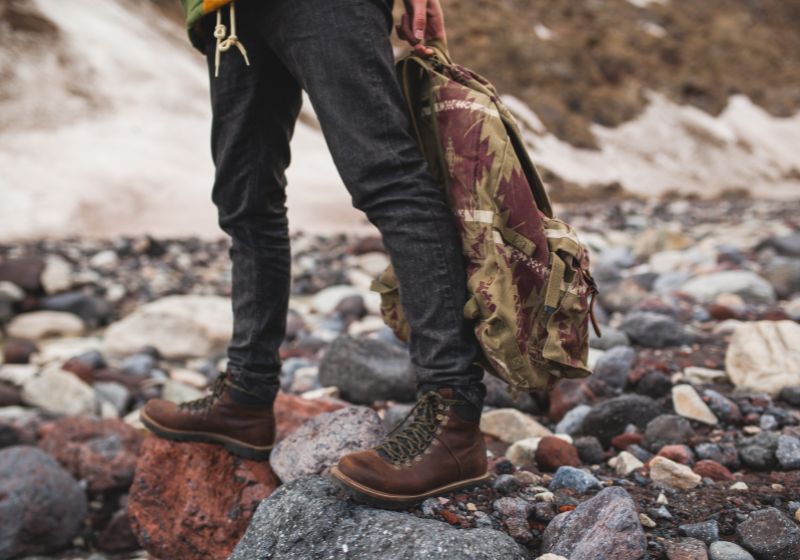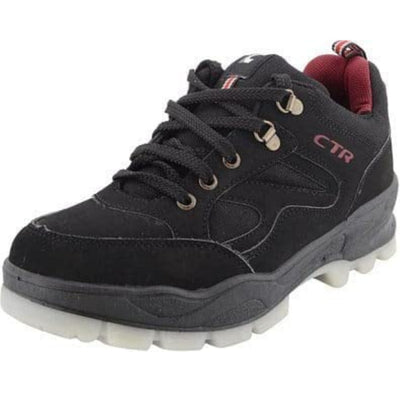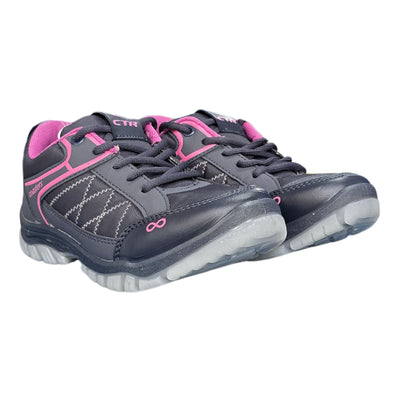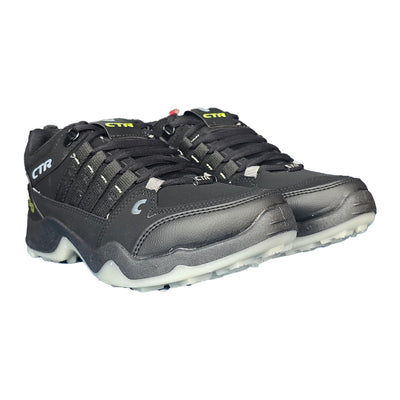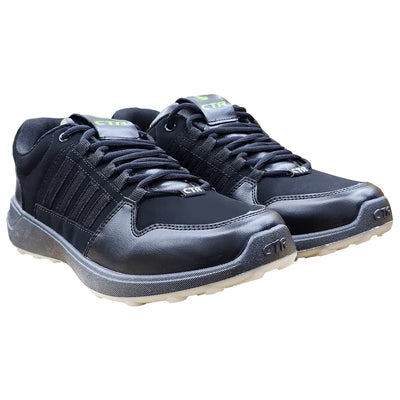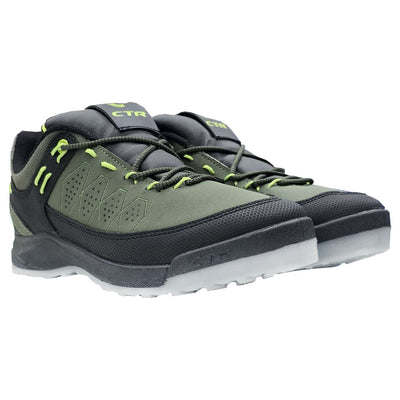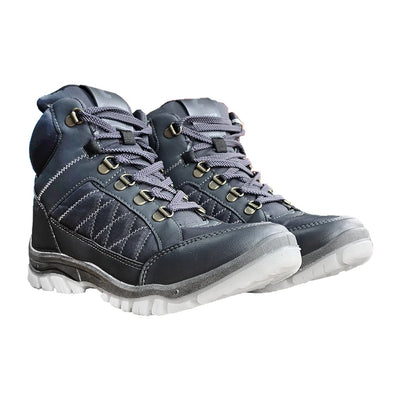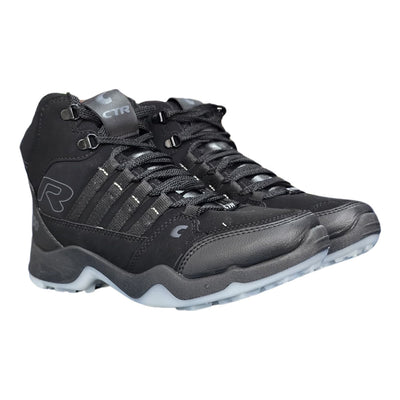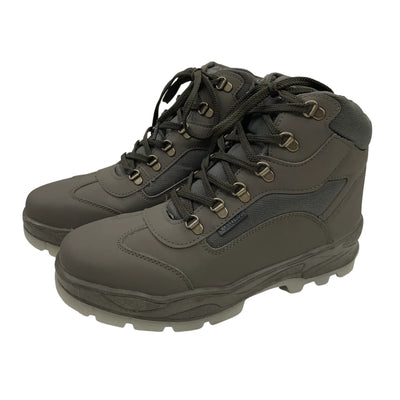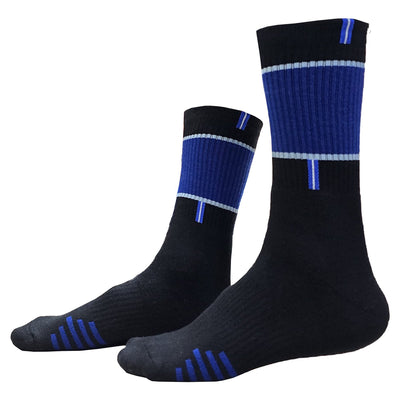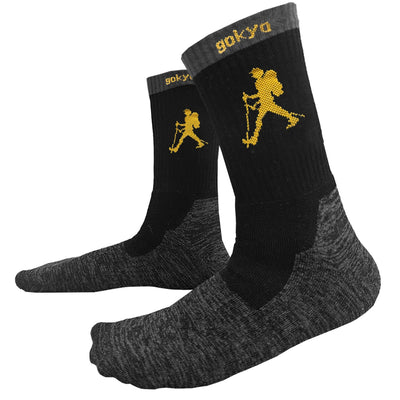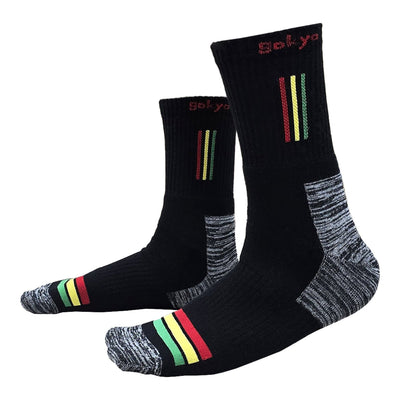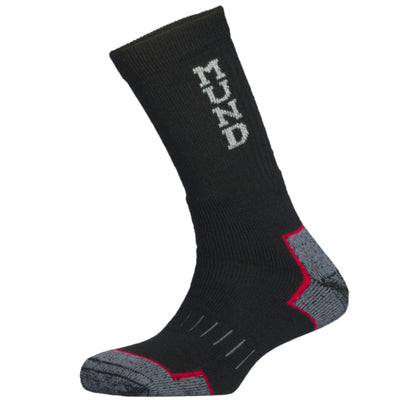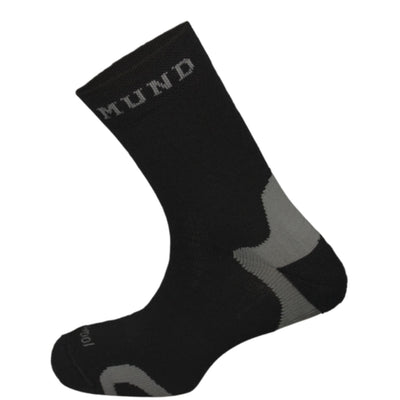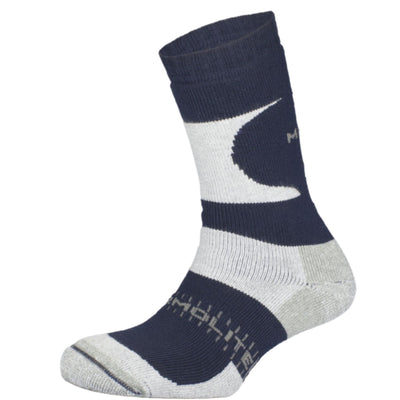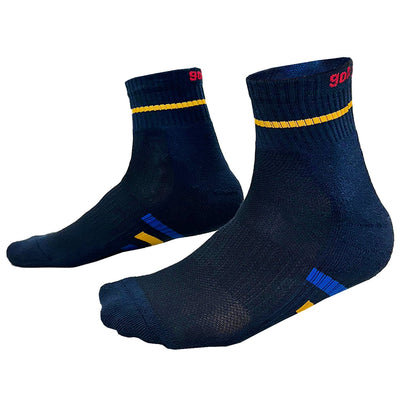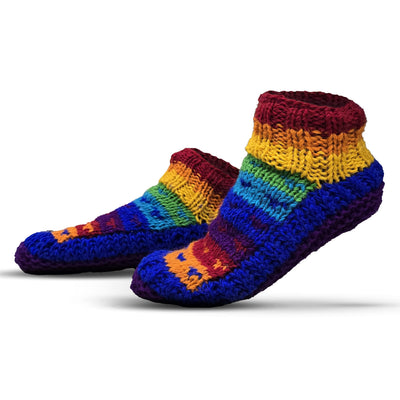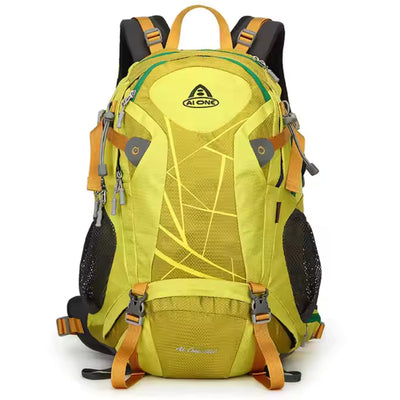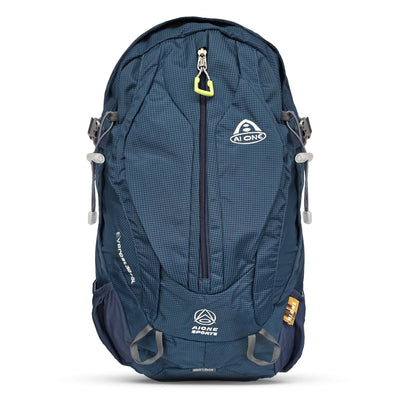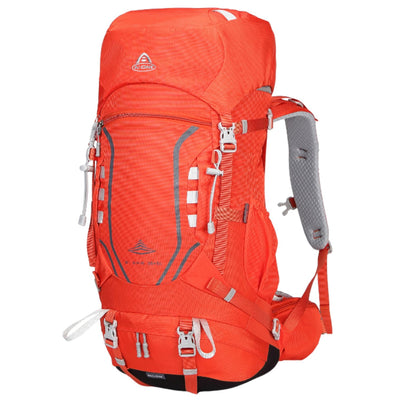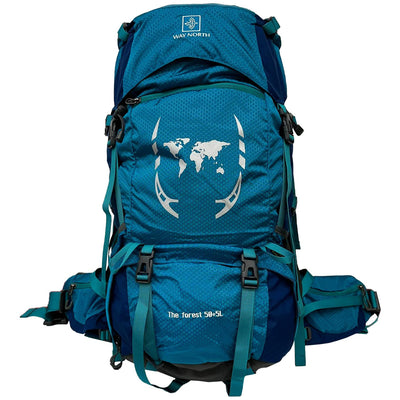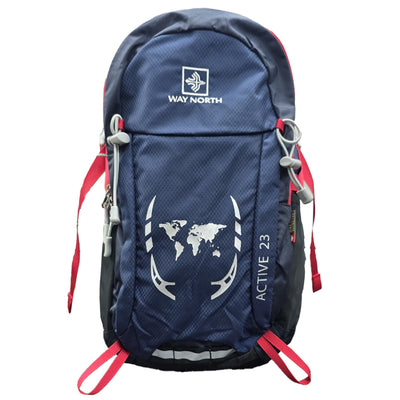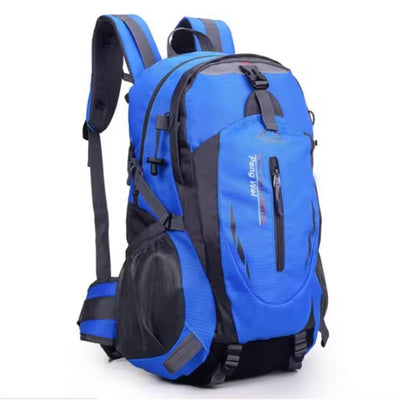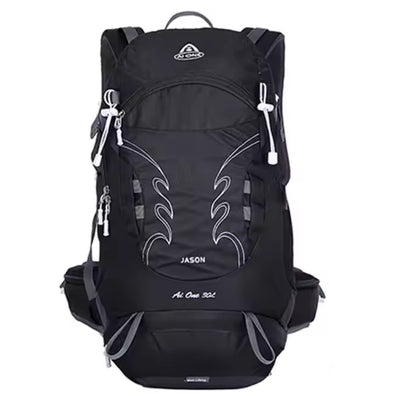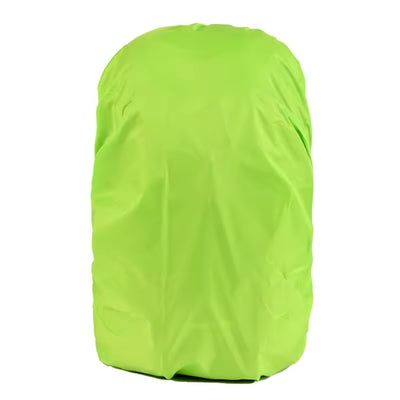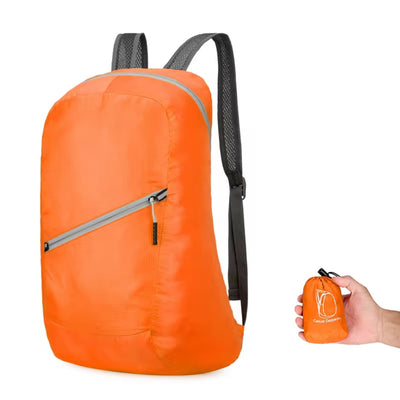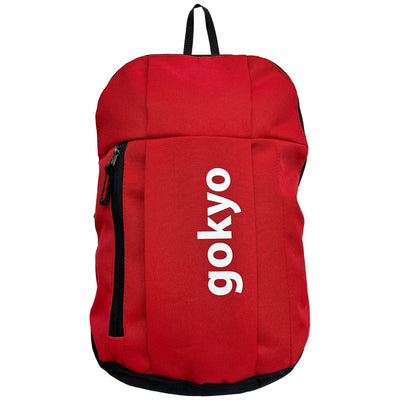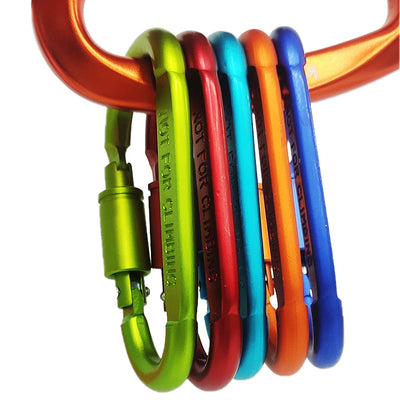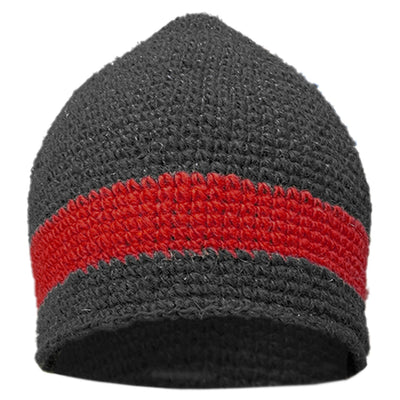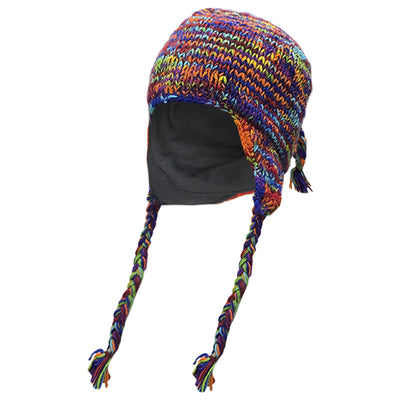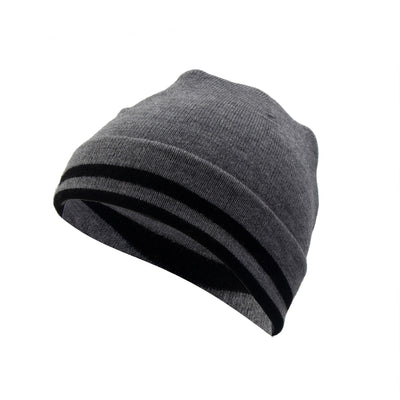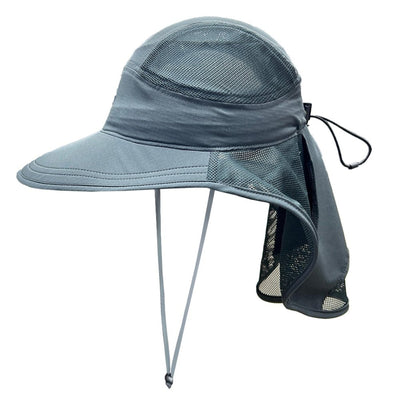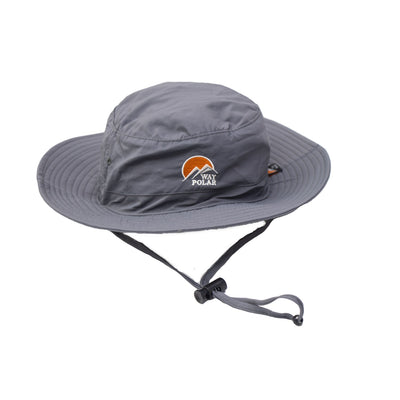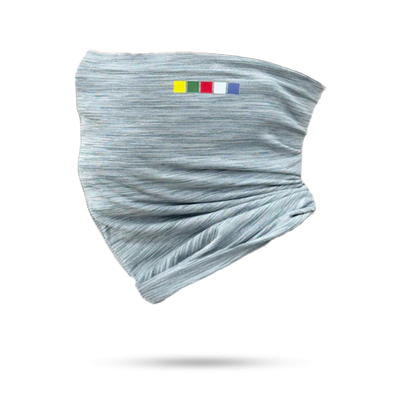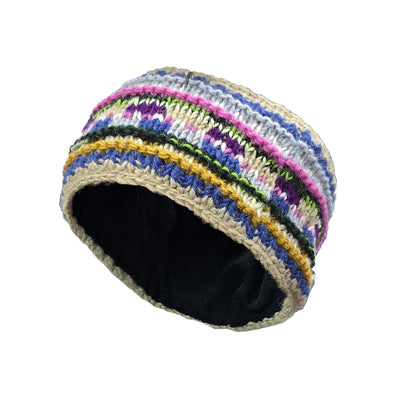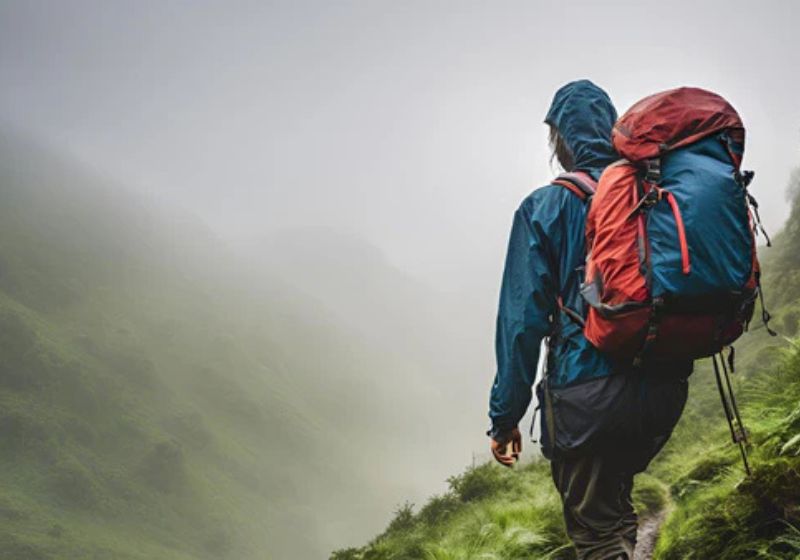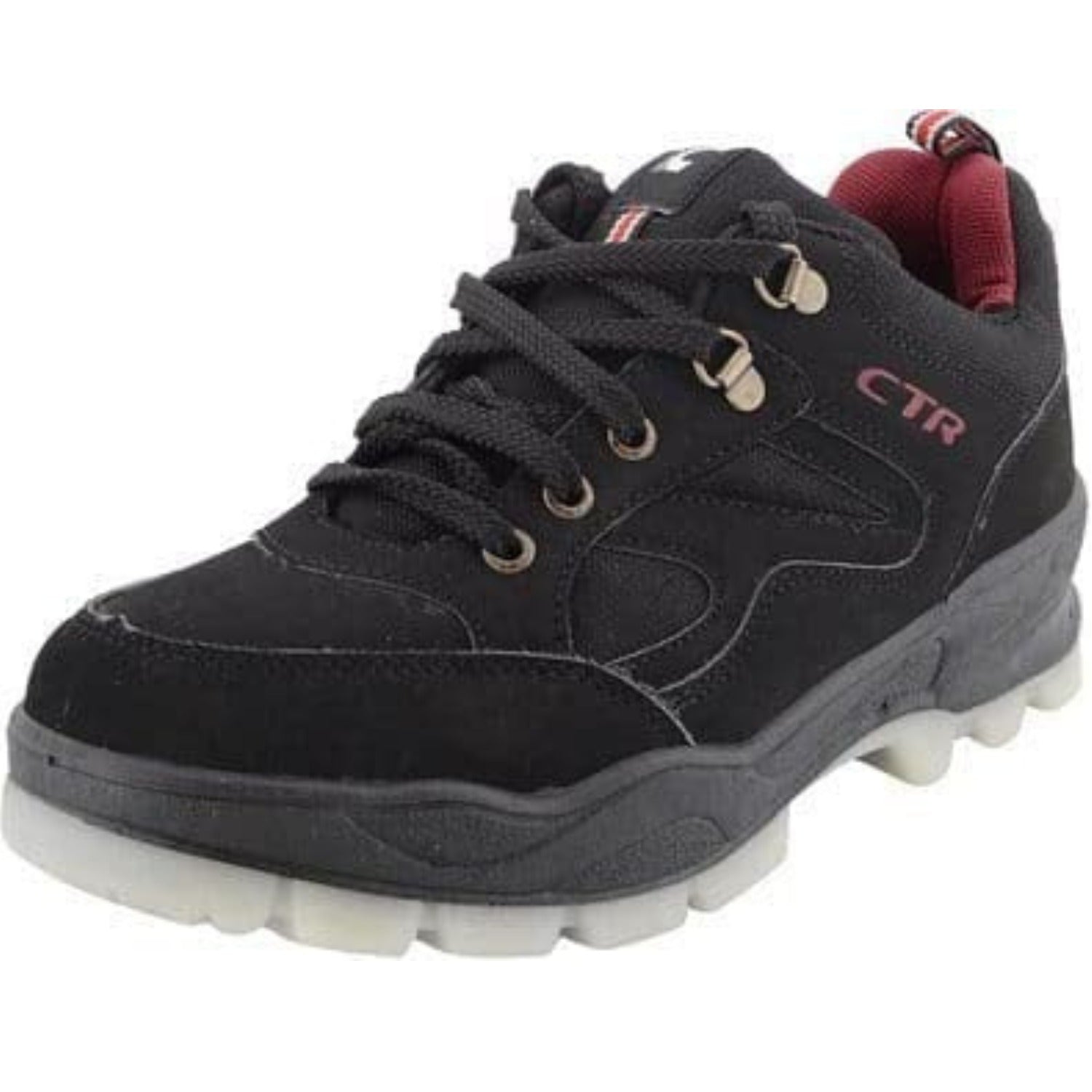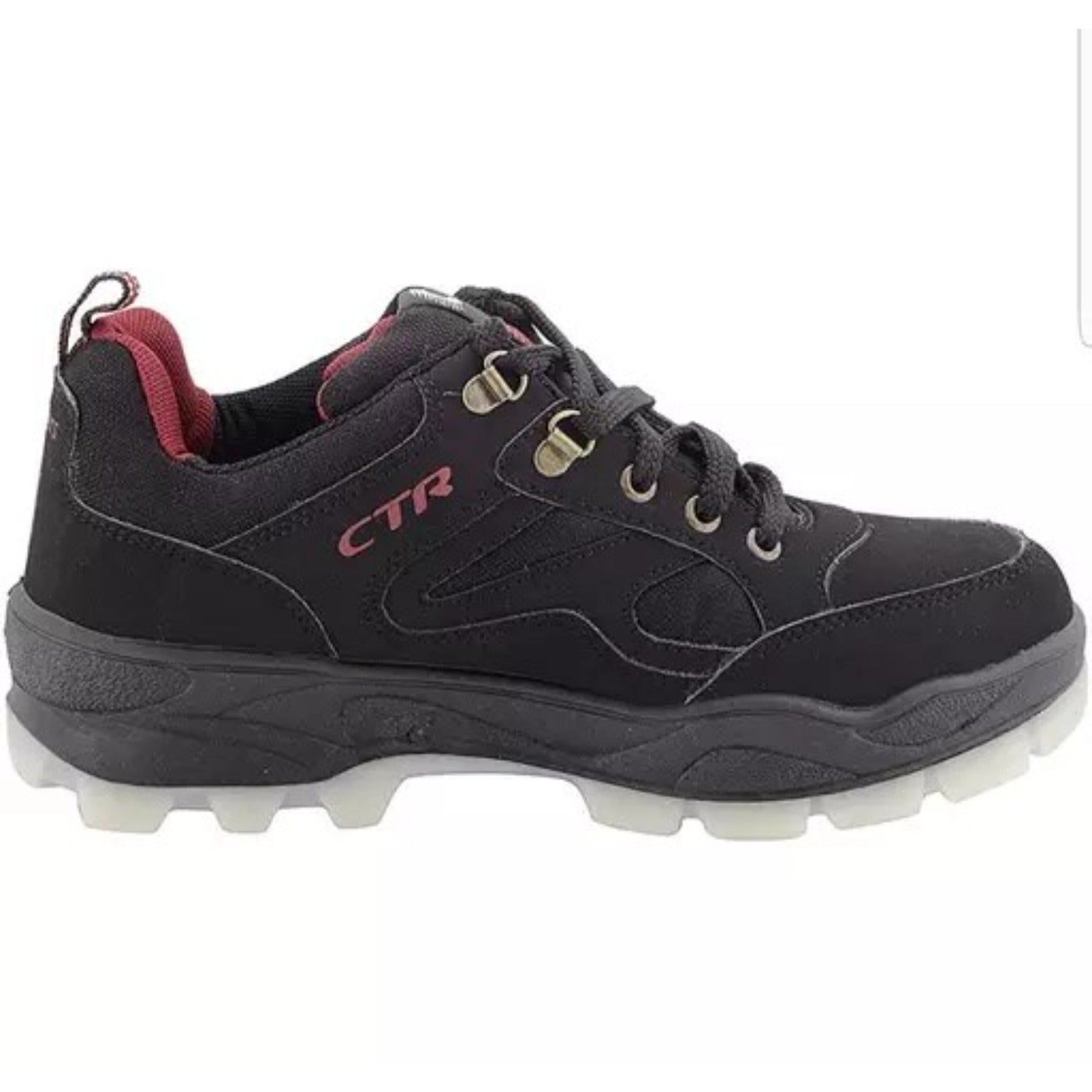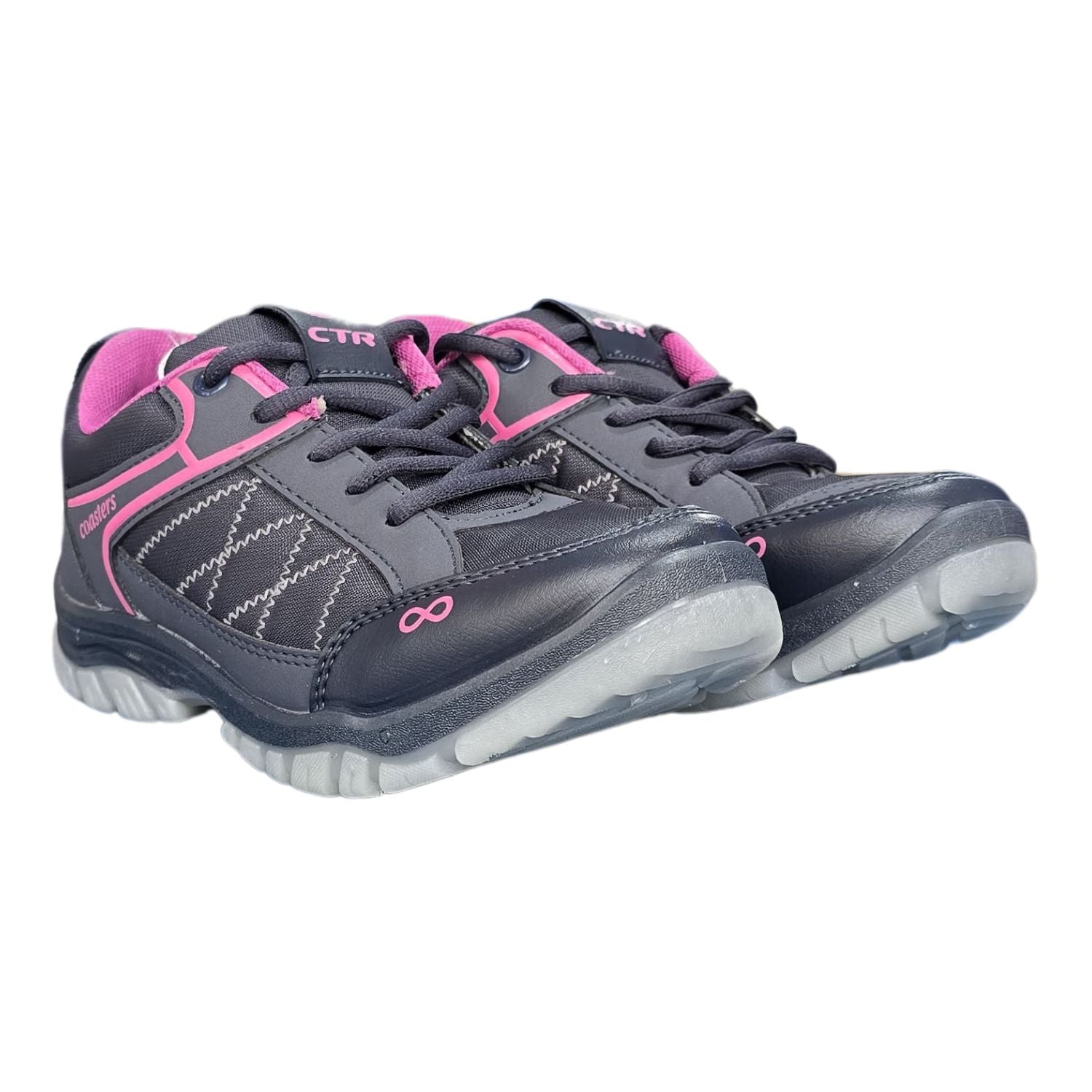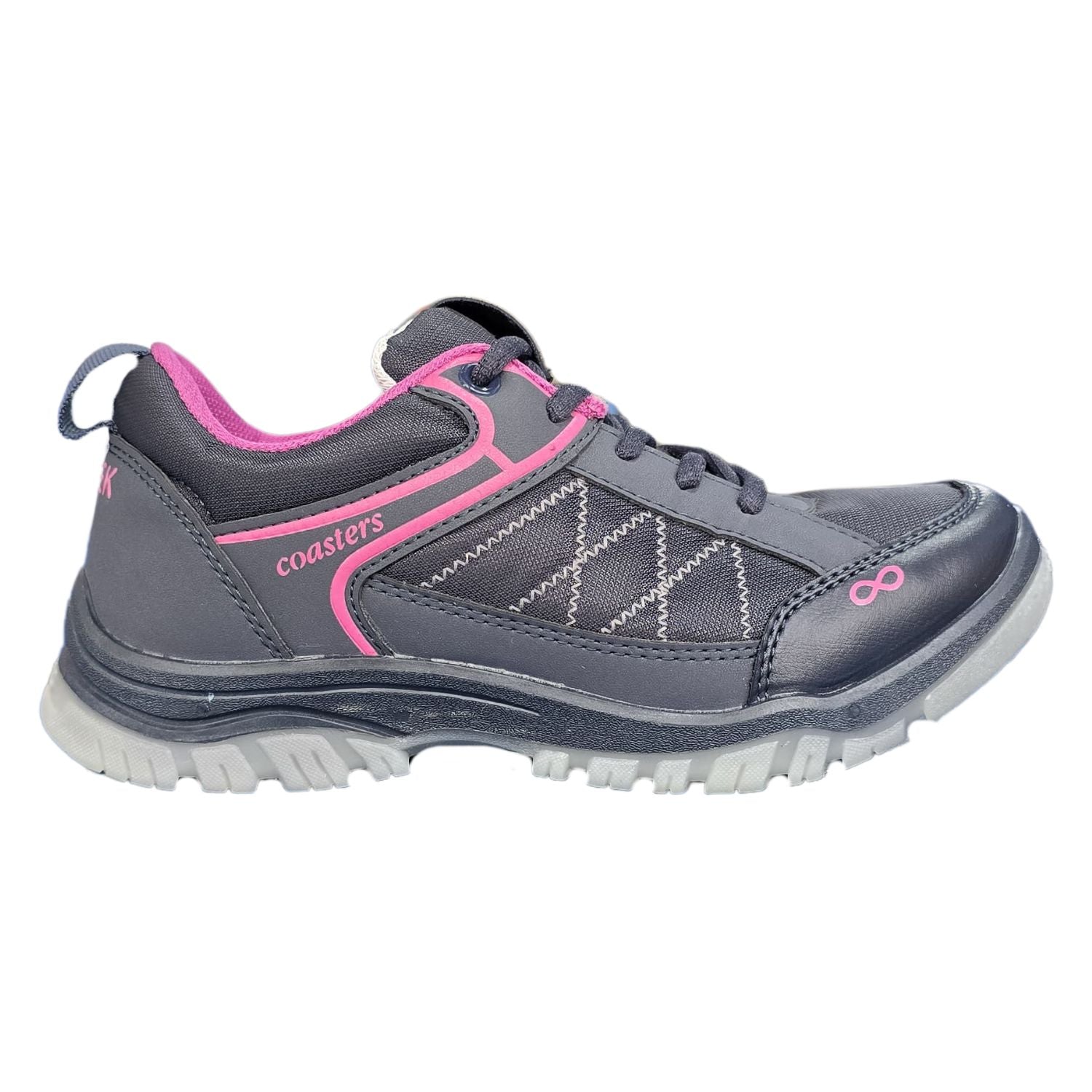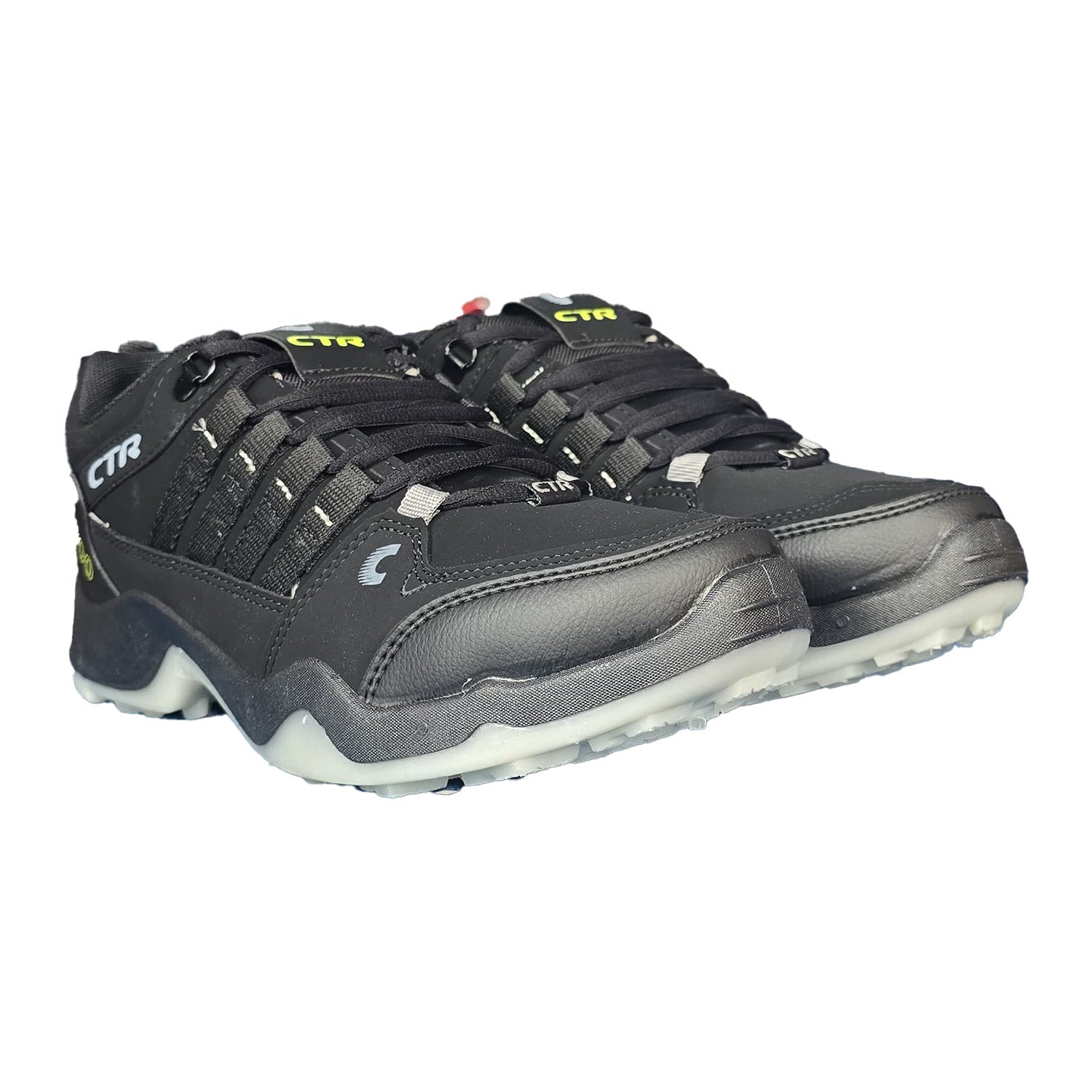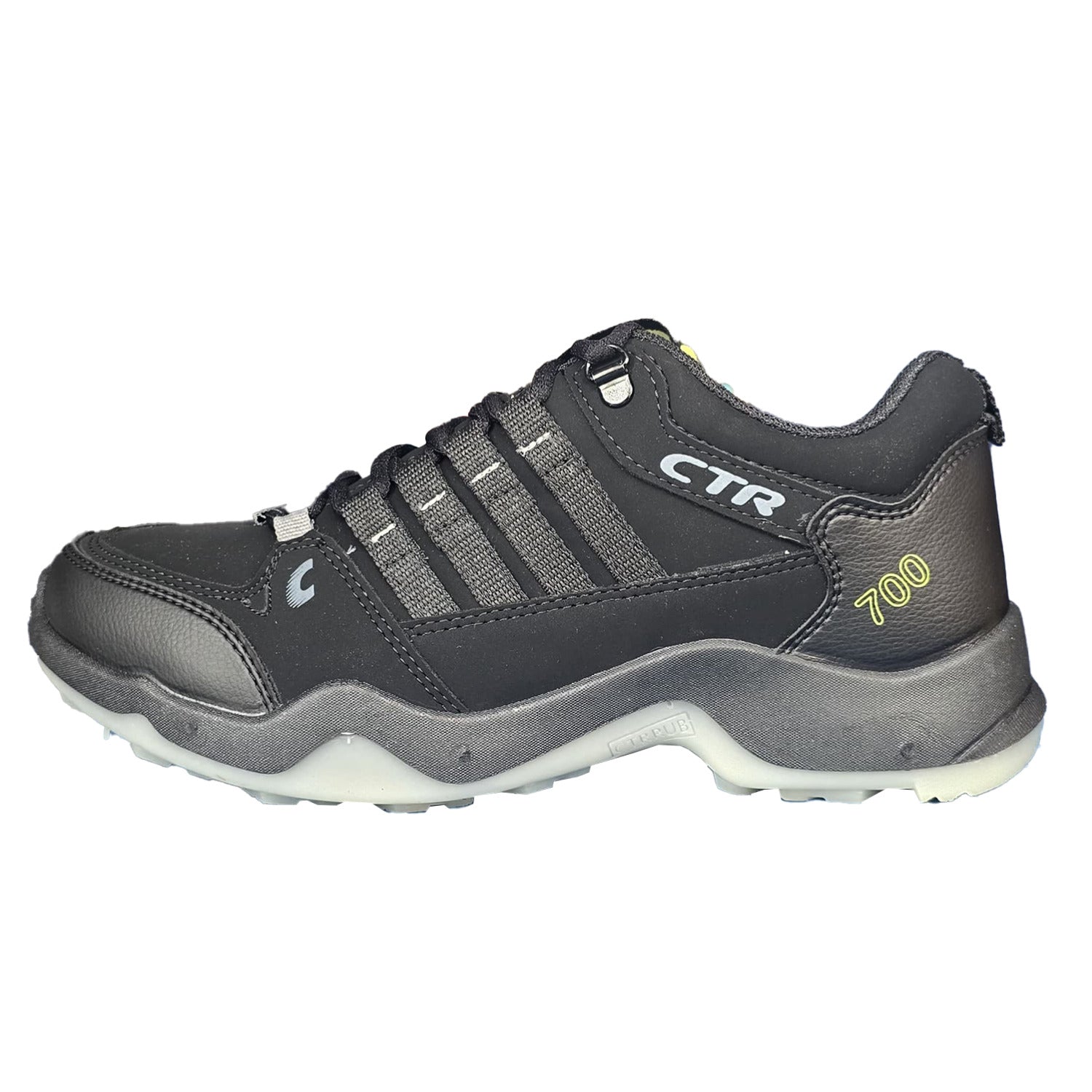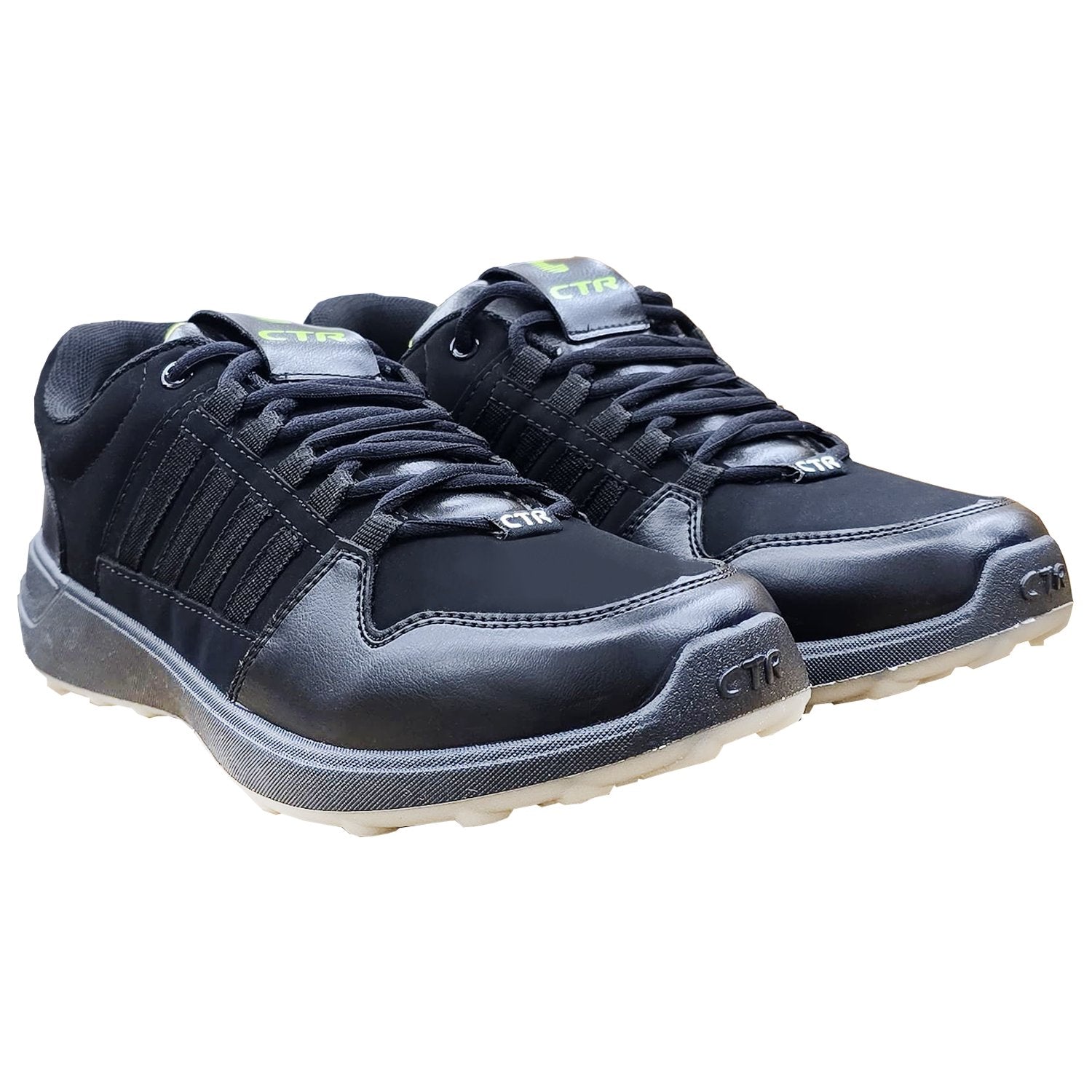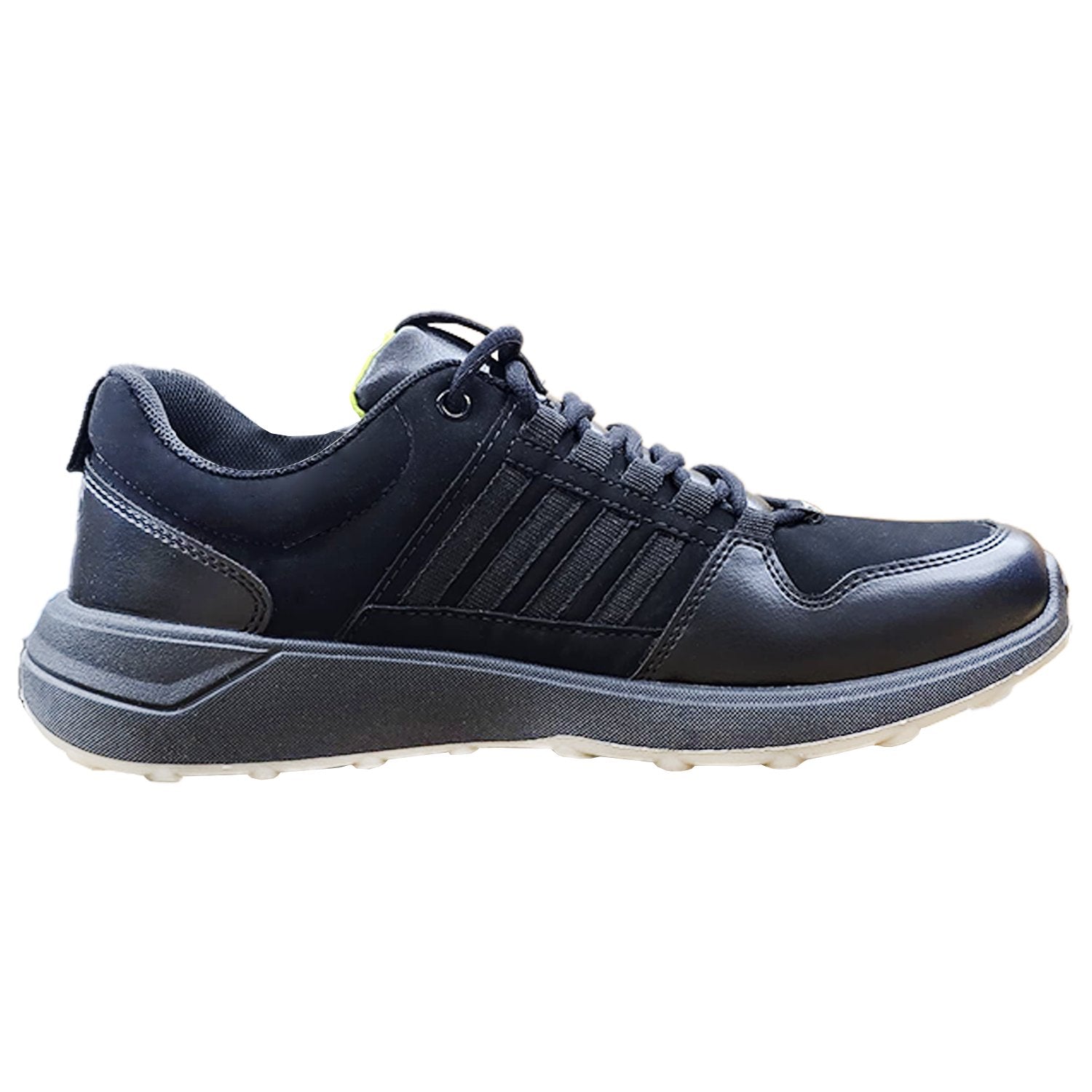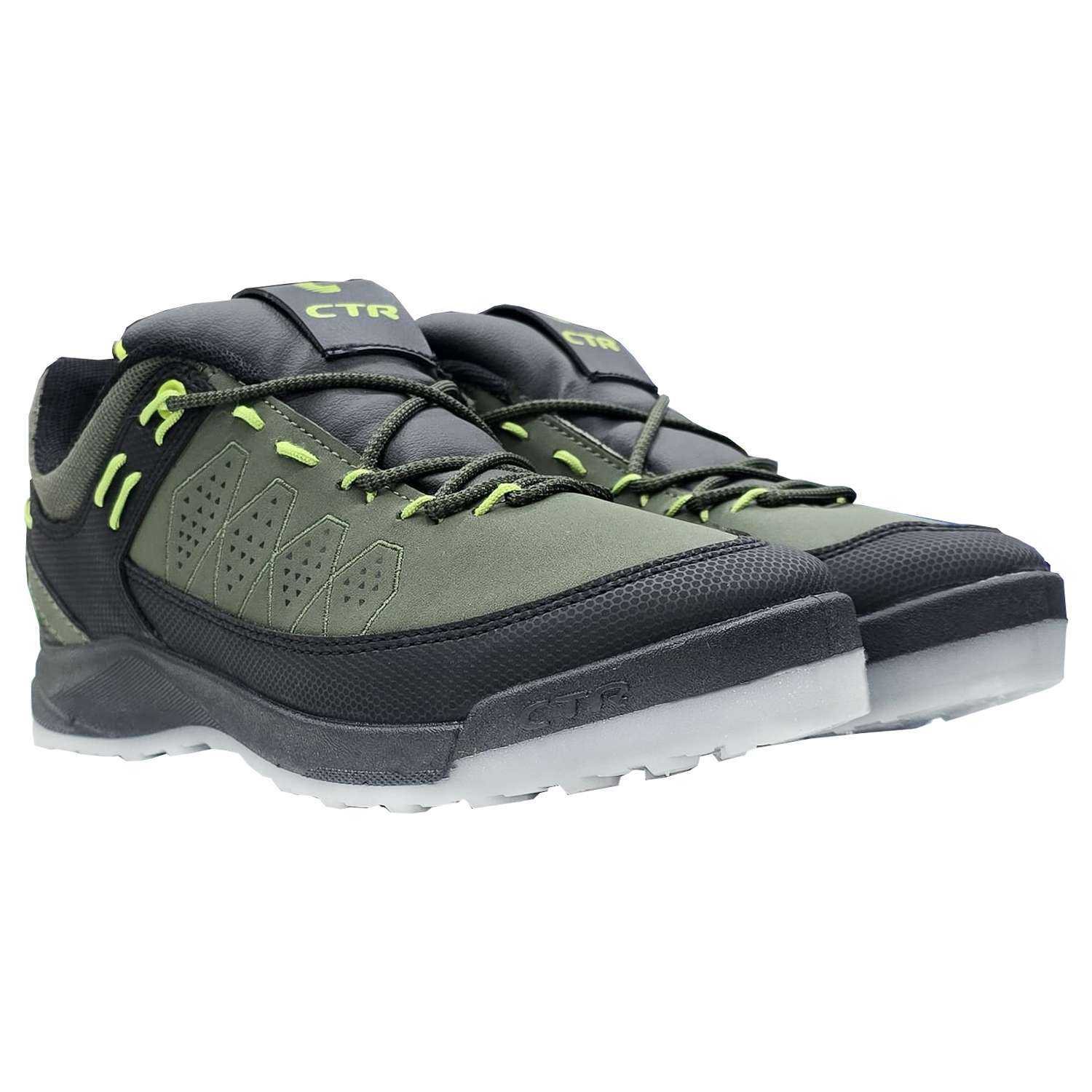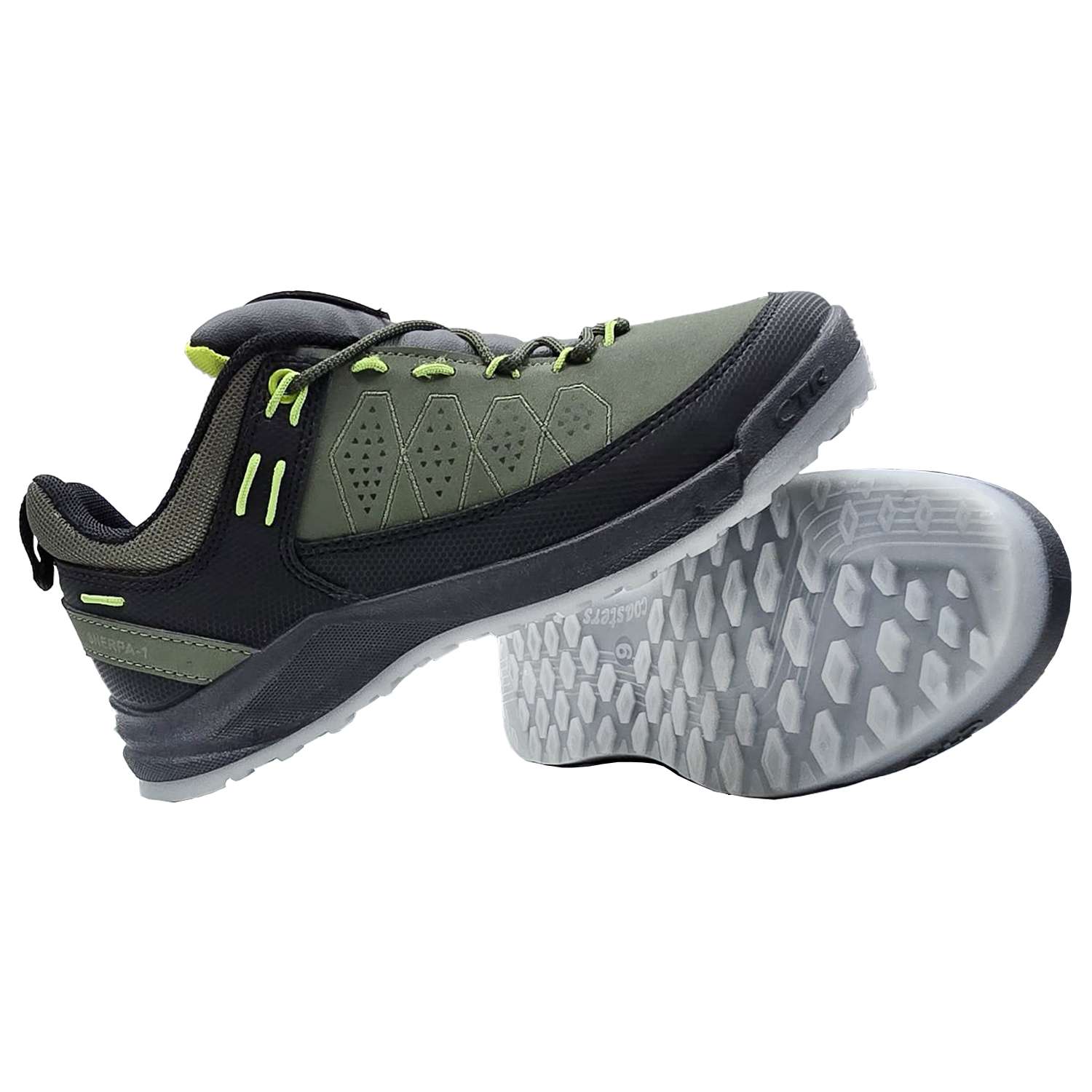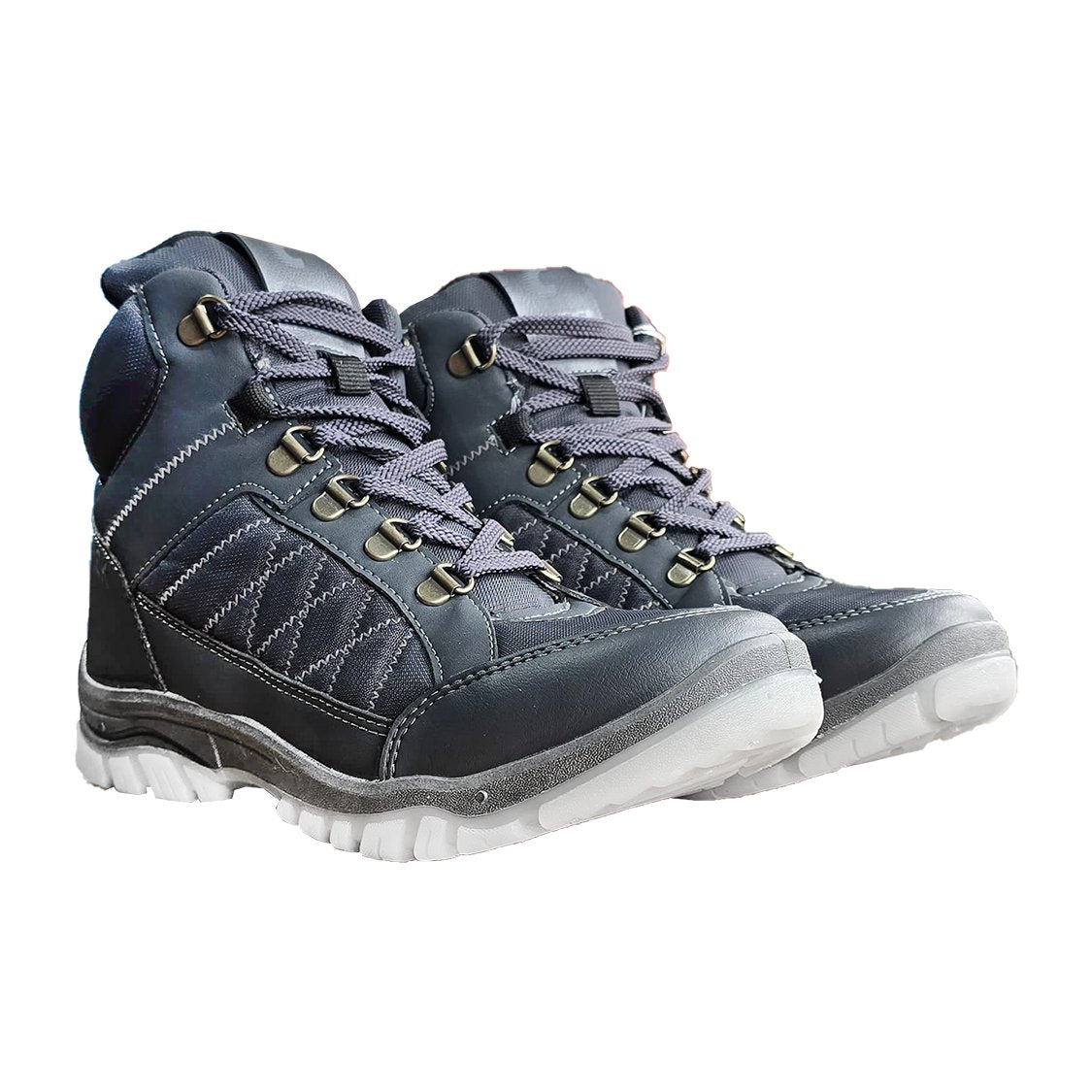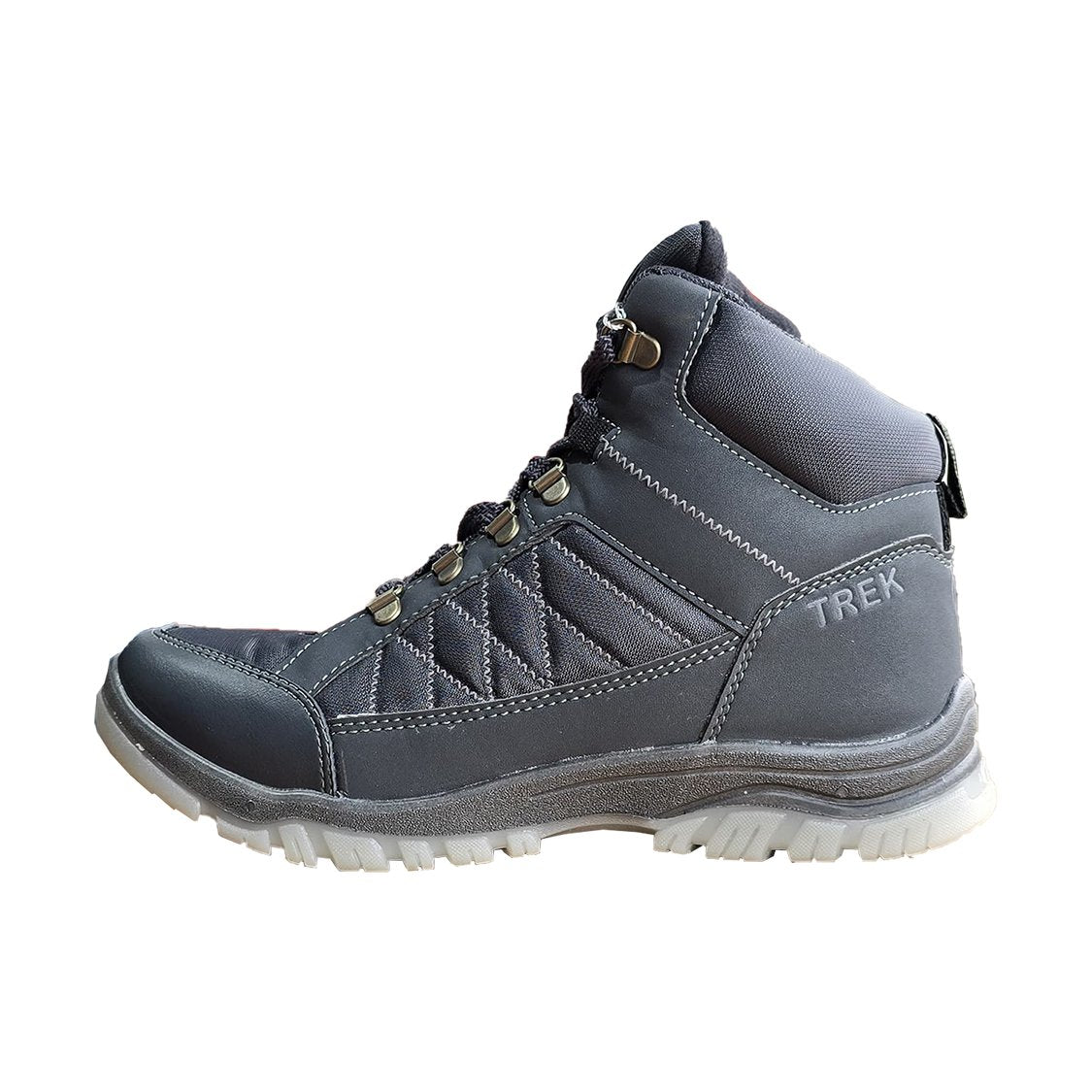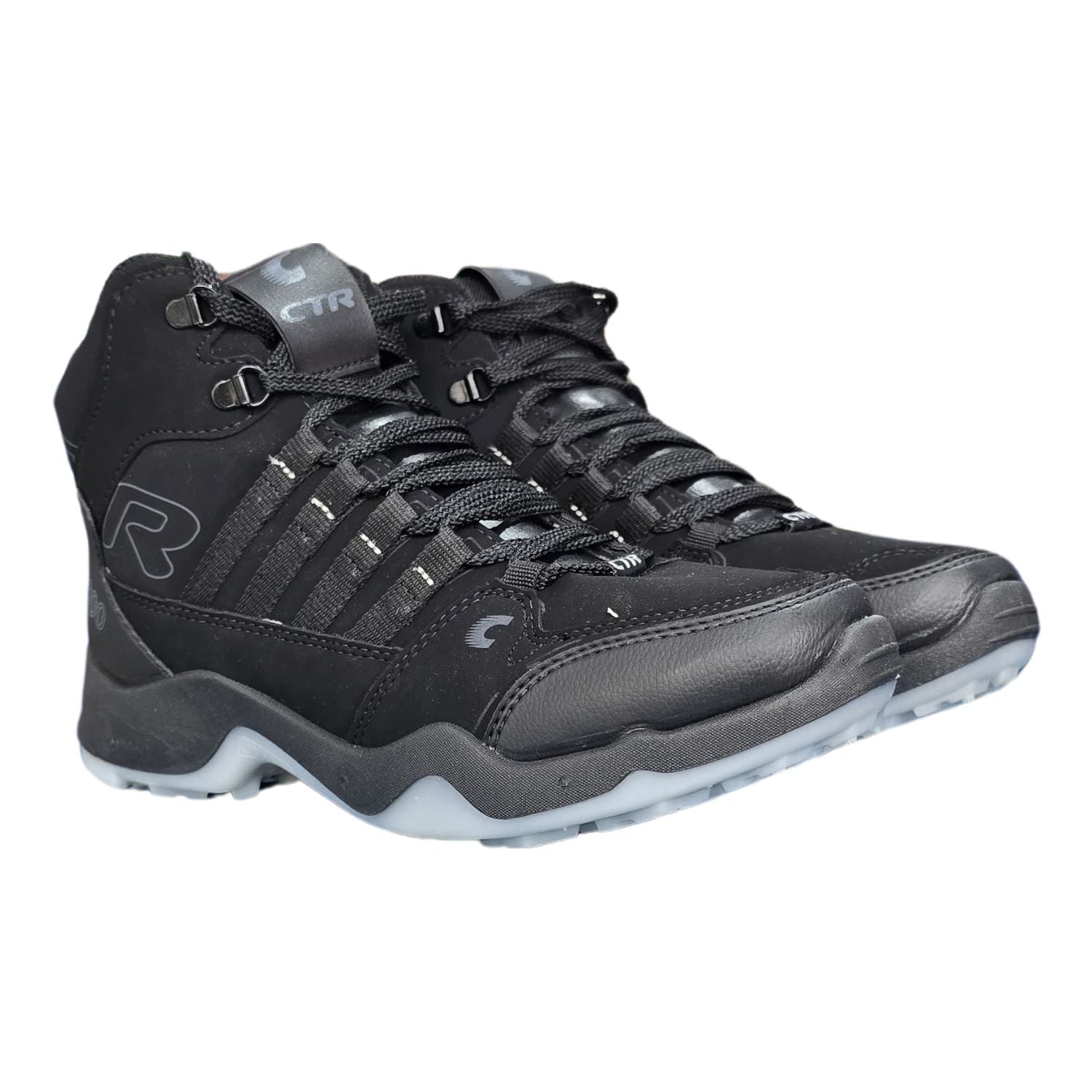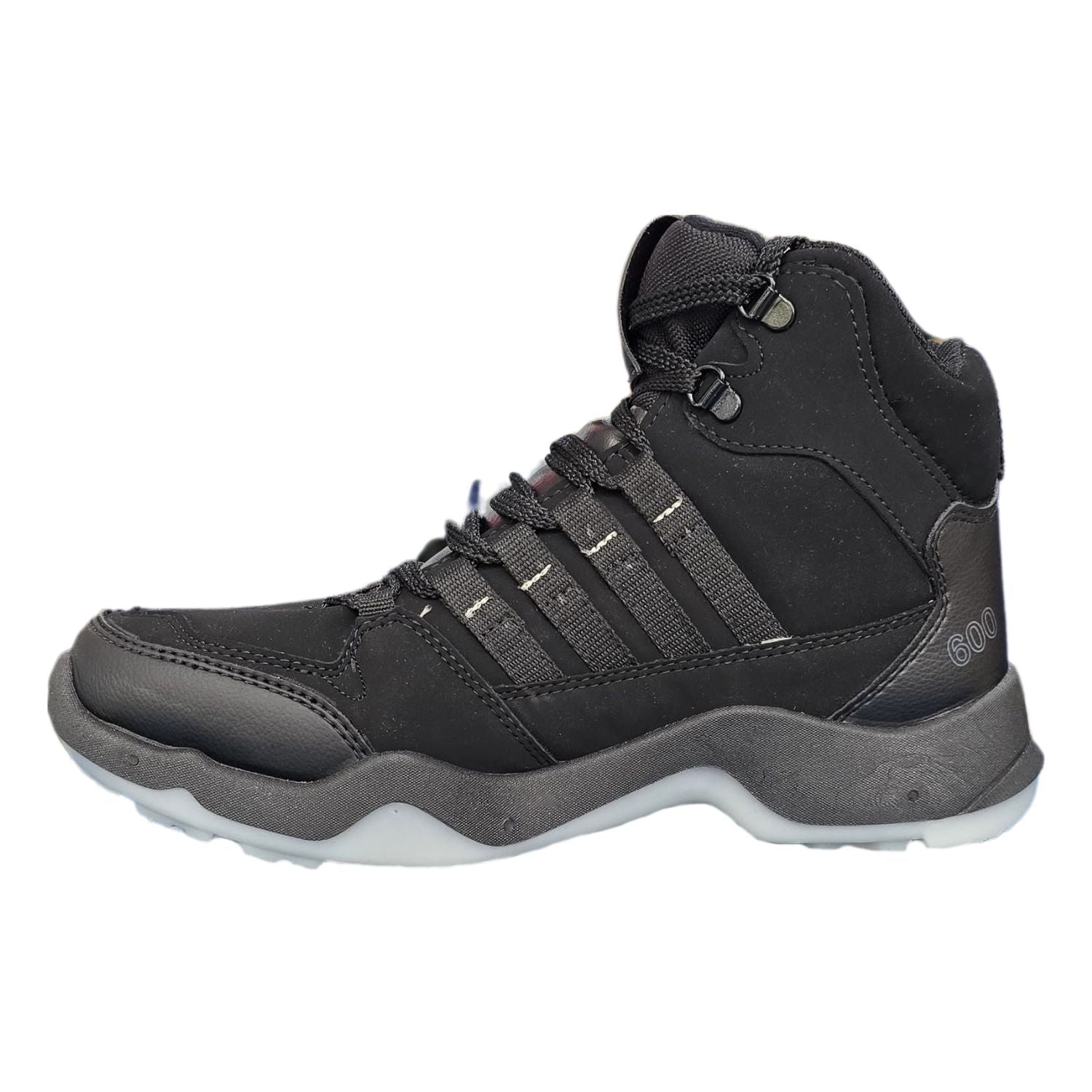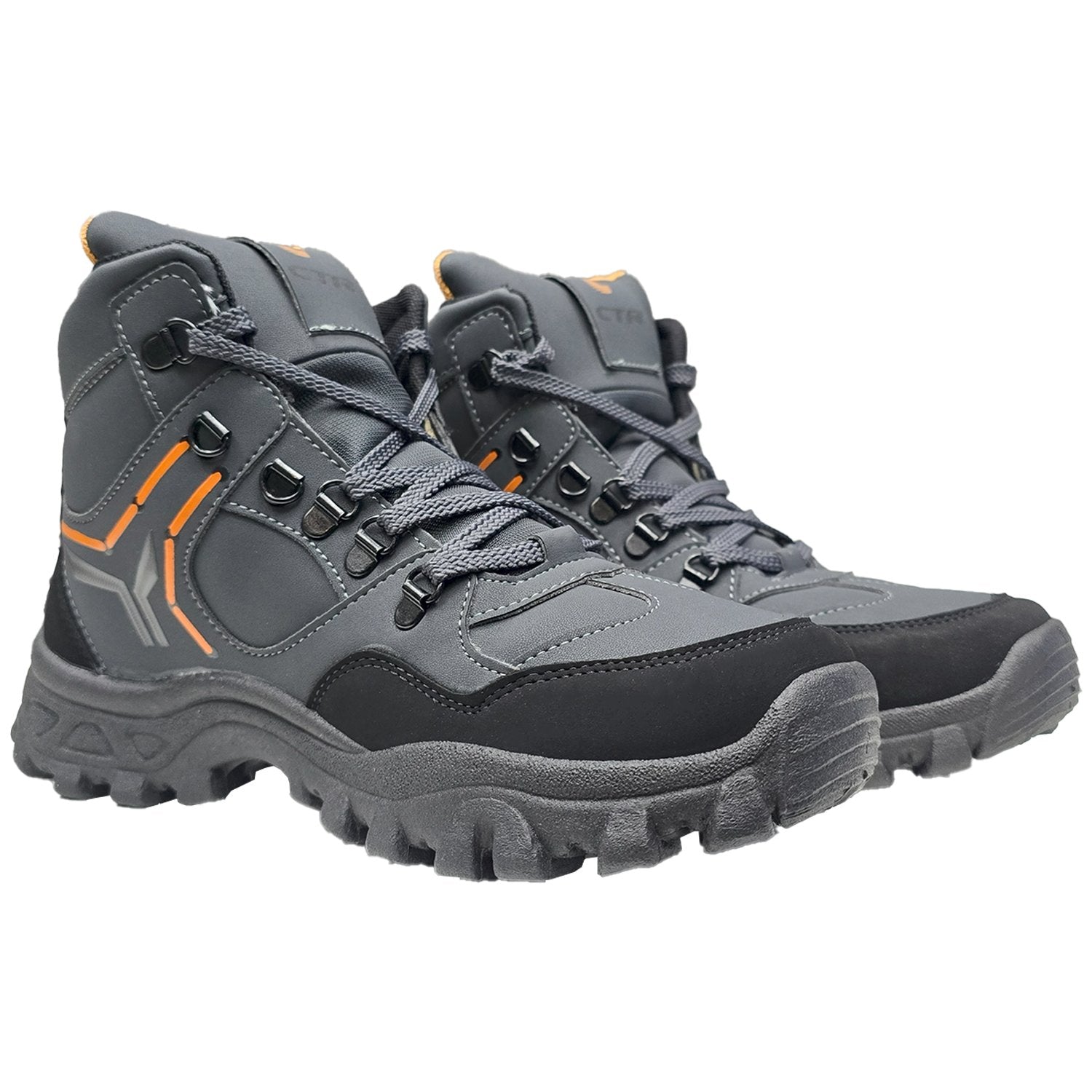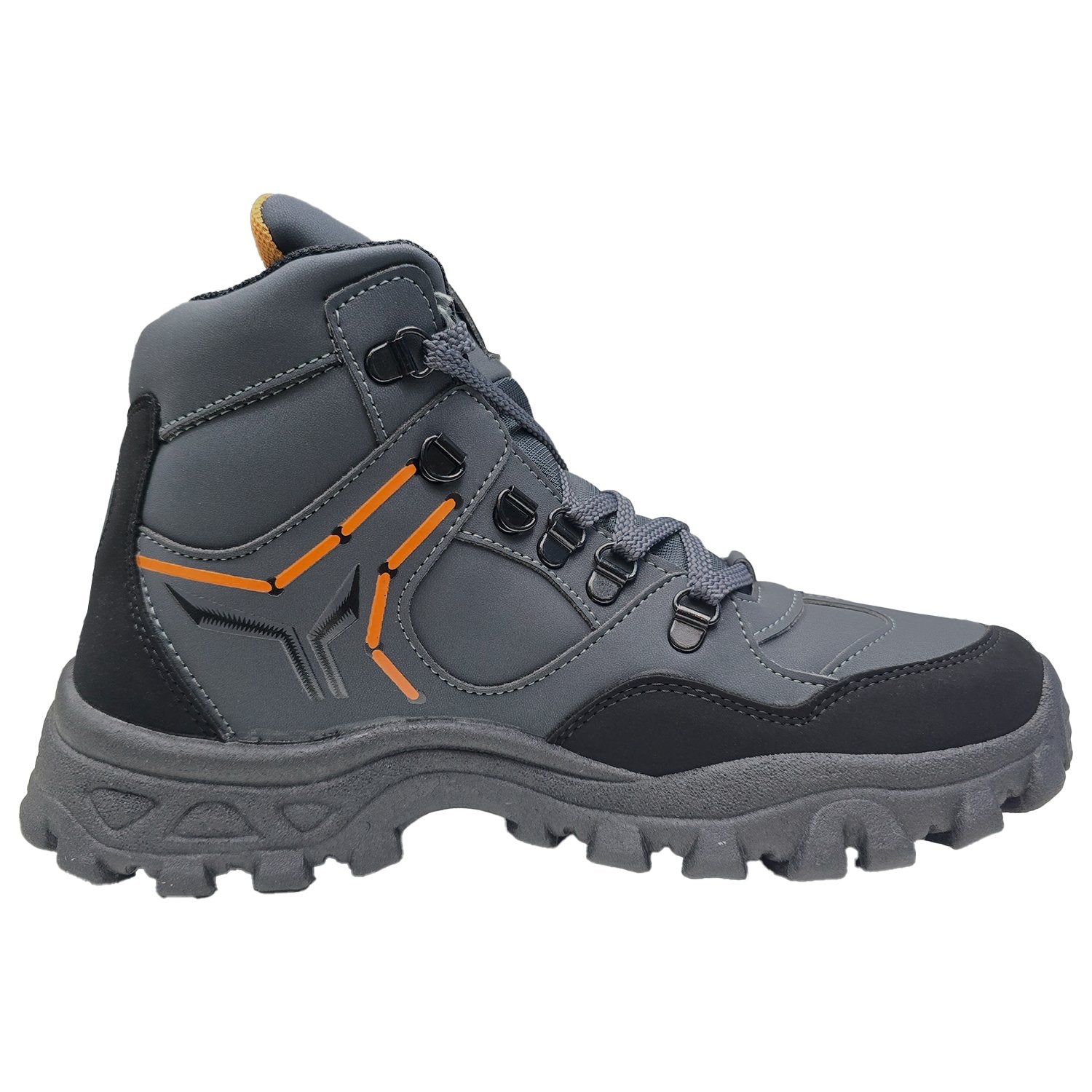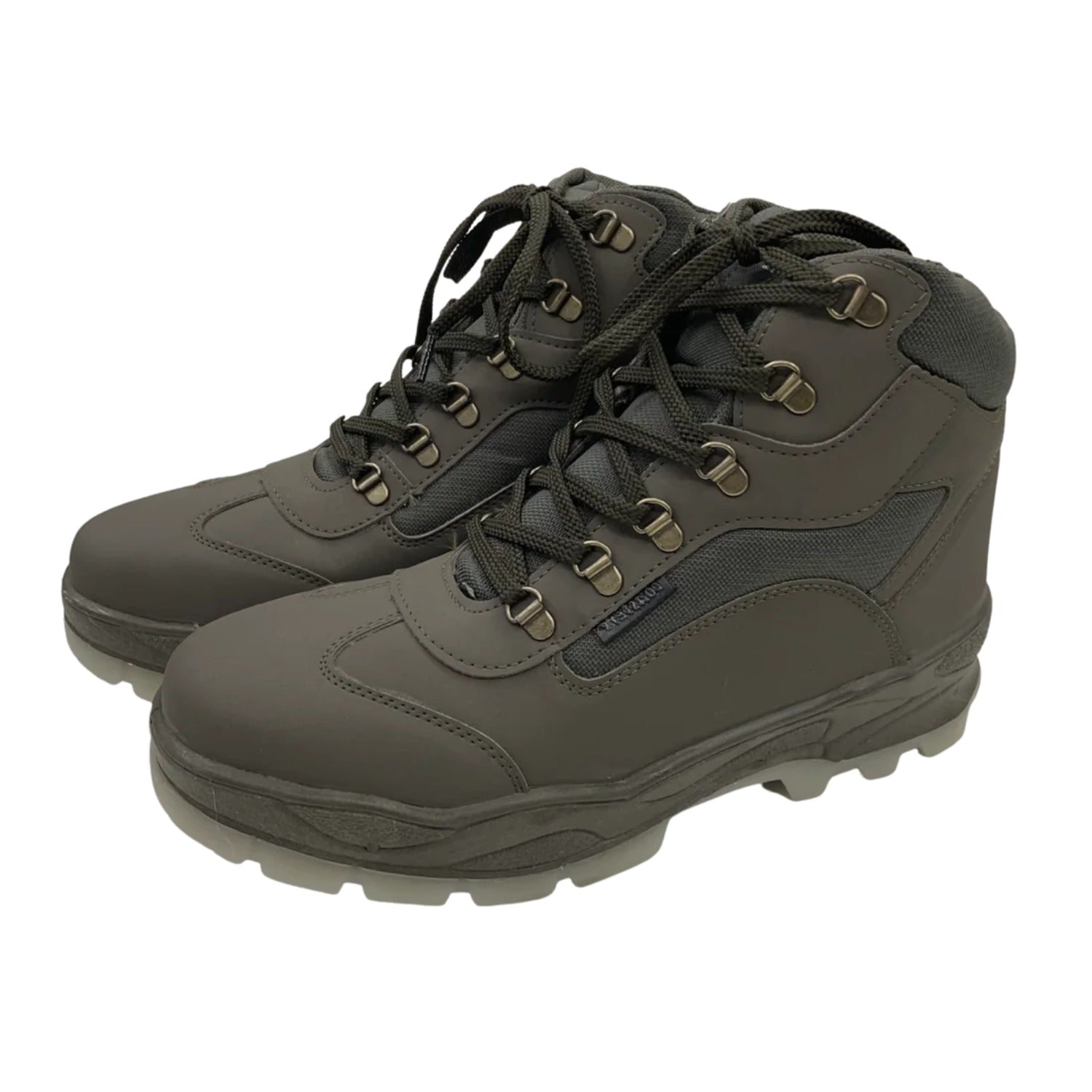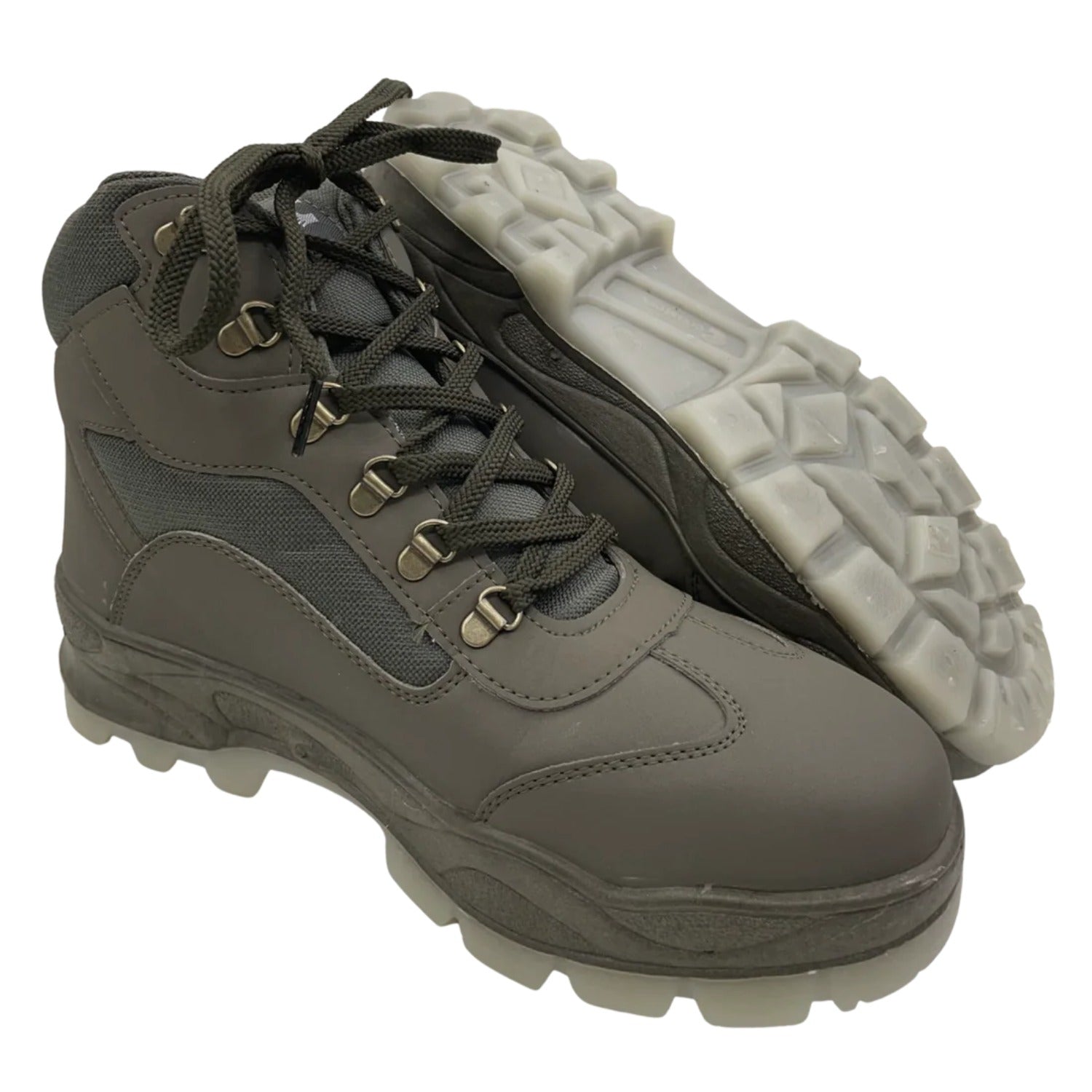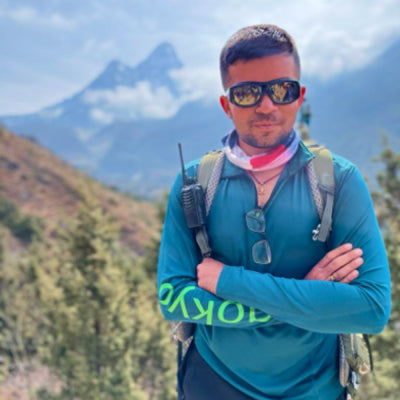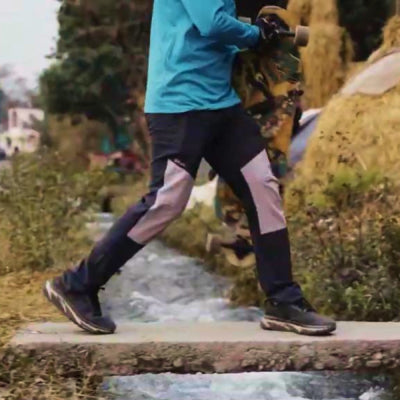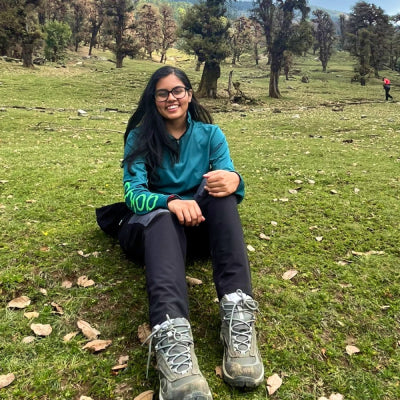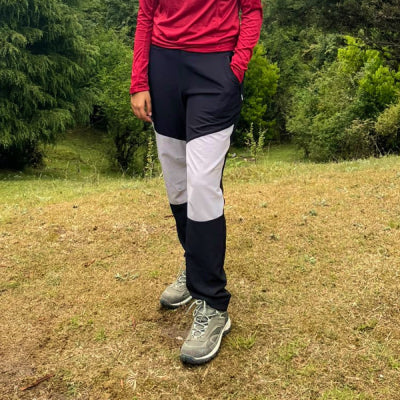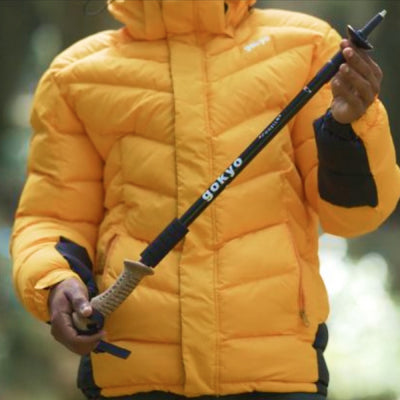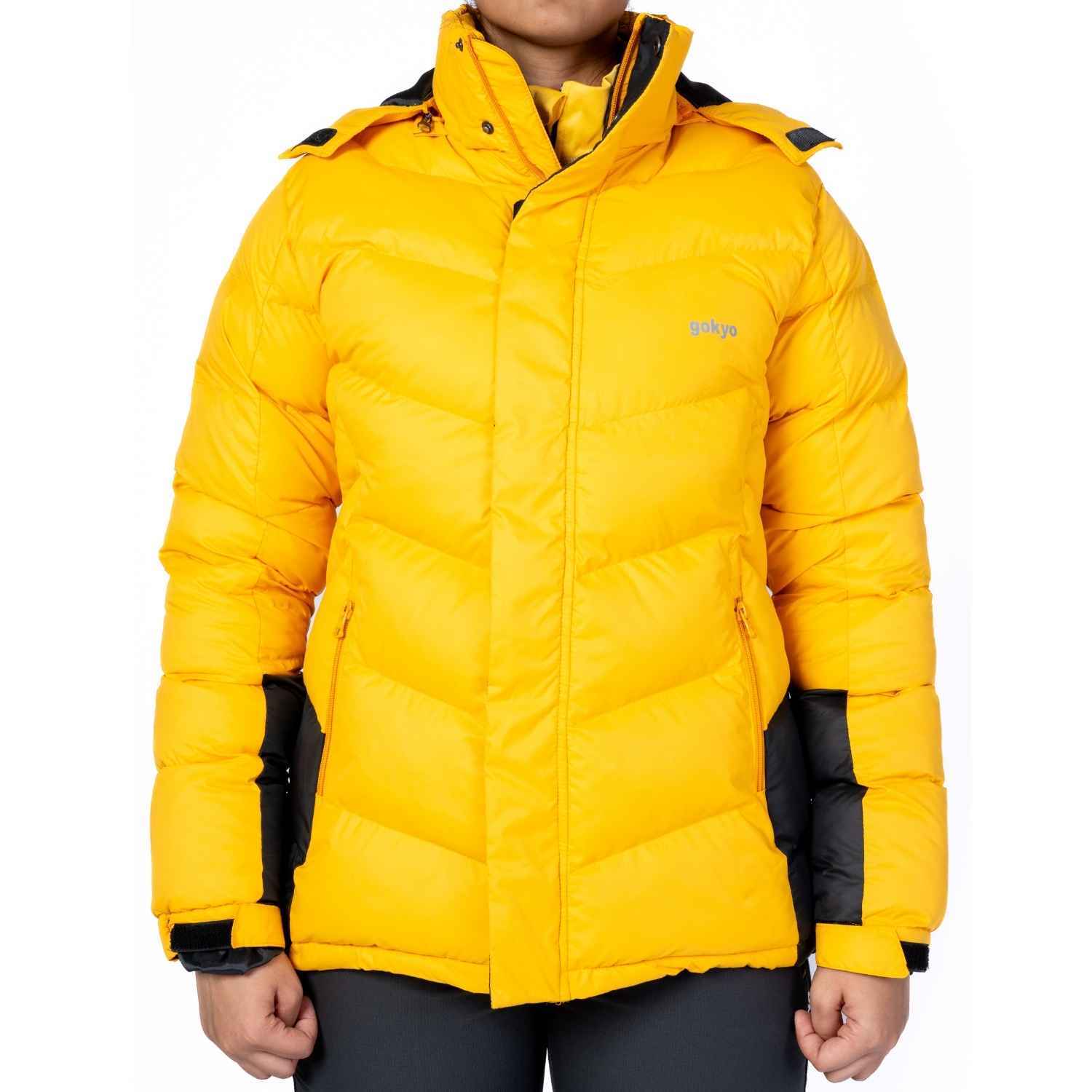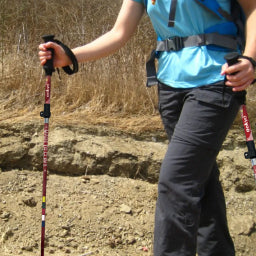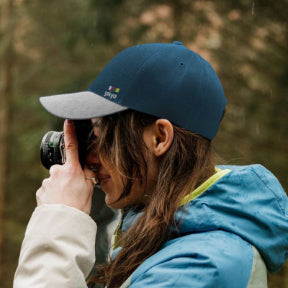Shoes for Trekking in Cold Weather: What to Buy Before November
The freshness of mountain air in late autumn has a feeling all its own. The valleys are quiet, leaves crunch beneath you, and there is a weight of winter in the sky. For trekkers, it is a special time—but trekkers know there are also unique challenges. The winds are stronger in November, trails freeze faster, and what you put on your feet can make or break your trip.
At Gokyo Outdoor Clothing & Gear, we have seen countless adventurers return from the trails with a core story: comfort and safety on cold-weather treks always start with the right footwear. Sure, the journey is about the landscape, but the landscape you trek through is a function of your preparedness, in particular, from the feet up.
Why cold conditions demand more from your footwear
Trekking in cold weather is less predictable than in spring or summer. Spring and summer trails can be forgiving; snow, slush, and frozen scree not only make things more difficult, but they also pull heat from your body quickly. Because of this, trekking shoes/boots in cold or winter conditions need to provide grip and equal amounts of insulation, breathability, and waterproofing.
Walking boots are not fashion items; they are science. Boots that keep your toes toasty, without restricting them, boots that are stable for climbing up steps coated in ice, and boots that dry quickly after a long day and slogging through snowmelt.
Top Trekking Shoes for Outdoor Adventures
When to Choose Footwear for Walking in November
So, what are the must-haves before you head out? Let's take a look.
1. Insulation is Key
Cold travels quickly through the feet, and once your toes go numb, every aspect of your trekking rhythm falls apart. You want to find footwear that has synthetic or natural insulation that has been rated for sub-zero temperatures. The goal is not just warmth, but sustained comfort throughout the hours of walking you will be doing.
2. Waterproof with Breathability
Snow and ice melt into water, and water is your worst enemy. You need footwear that can keep moisture out and allow sweat out. Without breathability, you will have damp socks inside footwear; it's a short route to blisters and frostbite.
3. Grip Saves You from Falling.
Trails can be icy in the morning and slushy in the afternoon in November. Good trekking soles with deep lugs and anti-slip technology will allow you to walk confidently without the nervous shuffle we have all done on frozen footsteps.
4. Fit That Provides Room For Layers
You might want to use an extra layer of trekking socks on particularly cold mornings, which means your shoes will need a little bit of room to breathe. They should fit snugly, but you will not want them to feel suffocating or restrictive. Be sure to try them on with thick socks before purchase.
Best Trekking Socks for Long Hikes and Trails
The Supporting Cast: More Than Just Shoes
While shoes are the star of the show, they do not work alone. You will also want to be sure to consider that excuse trekker also knows that a successful November hike is all about the cast of essentials working in harmony:
- Dry sacks that will keep extra layers, electronics, and any snacks away from getting snowed and drizzled on.
- Travel bags that are designed with compartments make it easy to find the little things instead of fiddling around in the cold.
- Caps for men and women that will not only cover your head but also provide coverage for your ears, helping to protect them from the freezing winds.
- Jackets for men and women that can be layered, keeping your core warm and safe without adding excessive bulk.
- The little things, gloves, gaiters, and headlamps, can make the difference between being able or unable to stay warm in the cold.
This is where Gokyo Outdoor Clothing & Gear comes in to help you. Each piece of trekking gear we design is born from the trails, and more than that, they are tested in conditions that would be harsher than anything most will face. Because when you are in the mountains, even the smallest accessory can alter how you experience traversing from A to B.
Best Quality Trekking Gear – Our Top Recommendations
Real-life Examples from the Trail
For example, a client of ours was trekking to Kuari Pass in November. At around the halfway mark, a snowstorm came in quicker than anticipated. While others were struggling to keep their feet dry, his insulated trek shoes, designed for high altitude, kept him going, and he returned without even a single blister. The difference had to do with using the right footwear made for winter training at altitude, and topping them with wicking socks.
Or take another hiker we had who traveled light but smart as well. He chose to carry one insulated shell over a fleece instead of carrying multiple jackets. He also packed everything in waterproof travel bags. He stored the extras in dry sacks. He completed his trek not only dry, but he felt more energy because he was not weighted down by a bunch of gear. These examples are not the exception; they demonstrate the capacity of proper preparation to guide your adventure.
Explore Our Top Trekking Backpacks for Every Adventure
November: The Timing You Can’t Miss
Why is timing important? Because November is a change month. It is not yet winter, but the mountain winds can already carry winter's bite. Treks, including Kedarkantha, Sandakphu, or even Roopkund, could be starkly different from a sunny afternoon to a frozen evening in a matter of hours.
Preparing your gear before this month is essentially the same as paying insurance premiums. You don’t want to be breaking in new shoes for trek while standing on an icy ridge. You want gear that is broken-in, tested, and ready to carry you safely regardless of the weather conditions.
How Gokyo Gets You Ready for the Cold
At Gokyo Outdoor Clothing & Gear, our philosophy is straightforward: trekking is not about tolerating the cold, it’s about enjoying the cold. This is why our collection is not only functional but also designed to feel good to wear. When you have footwear that has grip, when you have socks that are warm, when you have a jacket that protects without suffocating you, you will forget you are cold, and only focus on the vistas, the quiet, and the adventure.
Frequently Asked Questions (FAQs) :
1. Really, do I need a separate shoe for cold trekking?
Yes. Your regular hiking shoes won't do anything to protect you from wet snow or freezing temperatures. Cold-weather trekking shoes are made specifically for warmth, insulation, moisture prevention, and ice.
2. Do I need to buy shoes that are one size too big for winter treks?
Not exactly, but you should try them on with your thickest trekking socks to test for comfort, but not a tight squeeze. You will want your shoe to be snug but with a bit of movement.
3. What should I do to keep my shoes dry while on multi-day treks?
You can use dry sacks for spare pairs of socks, and air out your shoes every night. Waterproof shoes will be helpful, but moisture management is both an inside and outside issue.
4. What other essential cold-weather gear should I not skimp on besides shoes?
A very warm jacket, insulated gloves, and caps for men or women with ear protection are super important. You will lose your heat quickly through your head and hands, and you don't want to skip here.
5. Can I use my trekking shoes in summer as well?
Sure. Those shoes may be a bit too insulated and heavy. Most trekkers have lighter versions for summer and insulated versions for winter treks.
6. What is the best way to break in my shoes before a trek?
Simply wear them on short hikes or even daily walks. Breaking them in will reduce stiffness and will help dramatically with blisters on the actual trek.
Top Trekking Caps for Outdoor Adventures
Final Word
Trekking in cold weather is as much about preparation as it is passion. The mountains don't forgive carelessness, but they do reward preparedness. Before we know it, November will be here, making sure your foundation is secure, your shoes, your gear, and your layers.
At Gokyo Outdoor Clothing & Gear, we believe that every great trek is an occasion to be in nature, in nature's most raw sense - it's important to embrace that experience and prepare well, so that even the coldest, most miserable trails are not just tolerable, but beautiful. Because when your gear performs for you, the only thing you have to focus on is the journey!

